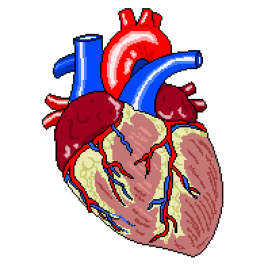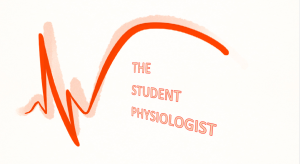If so, what is the cause?
The Athletic Heart Syndrome isn’t indicative of any pathology in athletes, and although it is theorised that the changes the heart undergoes as a result of training, there exists no evidence of long-term effects. The athletic heart often has a resting rate much slower than that of an individual of a less active nature. This is not uncommon in physical athletes, as it has been reported that Sir Chris Hoy has a resting HR of 30bpm and fellow cyclist Miguel Indurain one of just 28..!
The cause of this is a very active vagal tone, resulting in bradycardia. As I’m certain many of you are aware, this is a condition that would almost certainly (correct me if I’m wrong) require pacemaker intervention in elderly patients, but in the case of athletes, this bradycardia is due to an increased stroke volume which means the required workload of the heart is decreased. All well and good whilst one is in training, but what if this lower HR did not ‘reset’ to within the normal parameters once training had ceased? I don’t think I’m incorrect in assuming that this would lead to the same treatment a non-athlete, former or otherwise, would receive anyway, regardless of any prior level of fitness.
There is in fact a 2007 study by Baldesberger et al, that suggests this is indeed the case.
Published in the European Heart Journal and found in full here: http://eurheartj.oxfordjournals.org/content/29/1/71 it is shown that there is a statistically significant increase of sinus node disease in the tested former cyclists when compared to the control group, in this case golfers.
Interestingly, I have stumbled across a British Heart Foundation- funded study run in part by the University of Manchester, that they feel suggests the increased presence of arrhythmias in athletes is due to molecular changes as oppose to increased activity in the autonomic nervous system.
The study in rodents showed a decrease in HCN4, a protein found in the mammalian SA node. In humans, a mutation in the HCN4 gene is sometimes found in patients exhibiting sick sinus syndrome and in those who display bradycardia, so the teams behind this study believe that if they can replicate the rodent’s results in humans, it will help us understand arrhythmias that endurance athletes often suffer in later life.
The published study can be found here: http://www.nature.com/ncomms/2014/140513/ncomms4775/full/ncomms4775.html
I’ll answer my second question, “if so, what is the cause?” with an obligatory “je ne sais pas”, but it’s clear that we are edging ever- closer to an answer. Of course, whether that answer is due to molecular changes, or nervous ones remains to be seen.
Either way, it is stated by the team at the University of Manchester that although endurance training can have harmful effects on the heart, these effects are more than outweighed by the benefits.
As an added bonus, here is a short video by Sarah Pratt showing some common differences in an athlete’s ECG (in this case the featured athlete is the NHL’s Tobi Rieder *!*) compared with that of the rest of us. Enjoy!
As ever, if I’ve missed anything, or am just plain wrong about any part of this piece, sound off in the comments below and I’ll do my best to rectify this.
Thanks!


